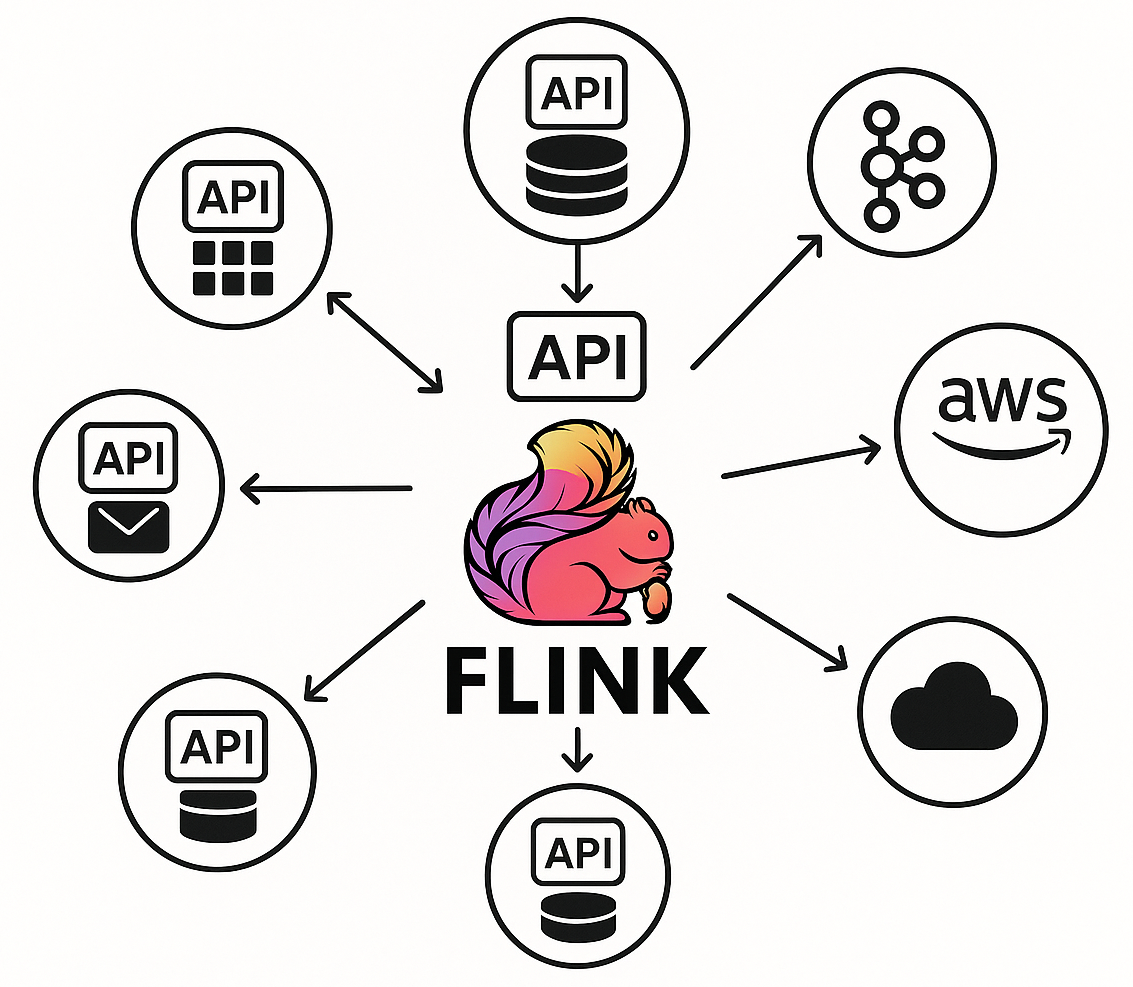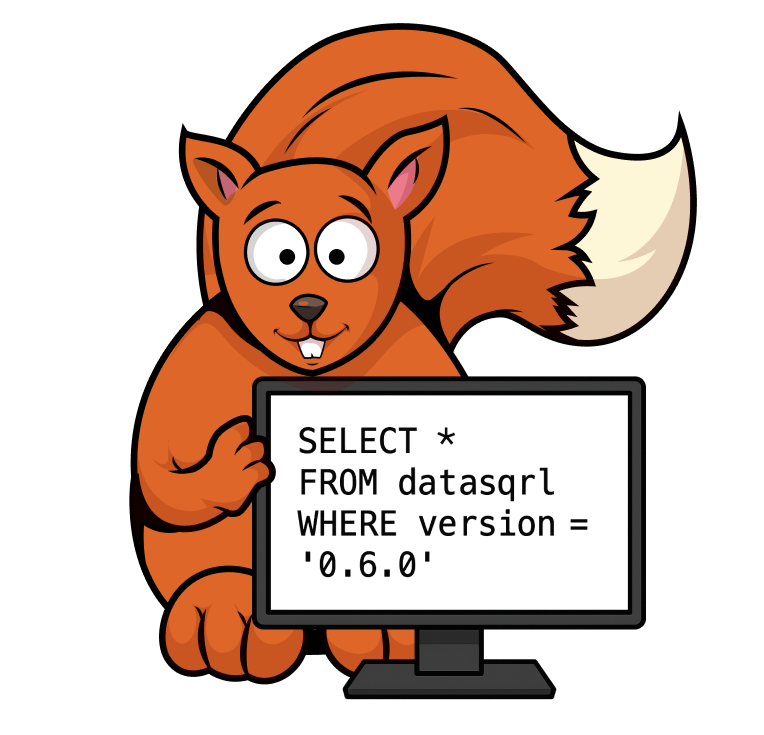DataSQRL 0.7 Release: The Data Delivery Interface

DataSQRL 0.7 marks a major milestone in our journey to automate data pipelines, thanks to significant improvements to the serving layer:
- Support for the Model Context Protocol (MCP) for tooling and resource access
- REST API support
- JWT-based authentication and authorization
These features enable developers to build a wide range of production-ready data interfaces. This release also includes performance and configuration improvements to the serving layer of DataSQRL-generated pipelines.
You can find the full release notes and source code on our GitHub release page. To update your local installation of DataSQRL, simply pull the latest Docker image:
docker pull datasqrl/cmd:0.7.0
The Last Mile: Data Delivery
Data delivery is the final and most visible stage of any data pipeline. It's how users, applications, and AI agents actually access and consume data. Most enterprise data interactions happen through APIs, making the delivery interface a critical component. At DataSQRL, we've invested heavily in automating the upstream parts of the pipeline: from Flink-powered data processing to Postgres-backed storage. With version 0.7, we turn our focus to the serving layer: introducing support for the Model Context Protocol (MCP) and REST APIs, as well as JWT-based authentication and authorization. These additions ensure seamless integration with most authentication providers and enable secure, token-based data access, with fine-grained authorization logic enforced directly in the SQRL script. This completes our vision of end-to-end pipeline automation, where consumption patterns inform data storage and processing—closing the loop between data production and usage.
Check out the interface documentation for more information.





